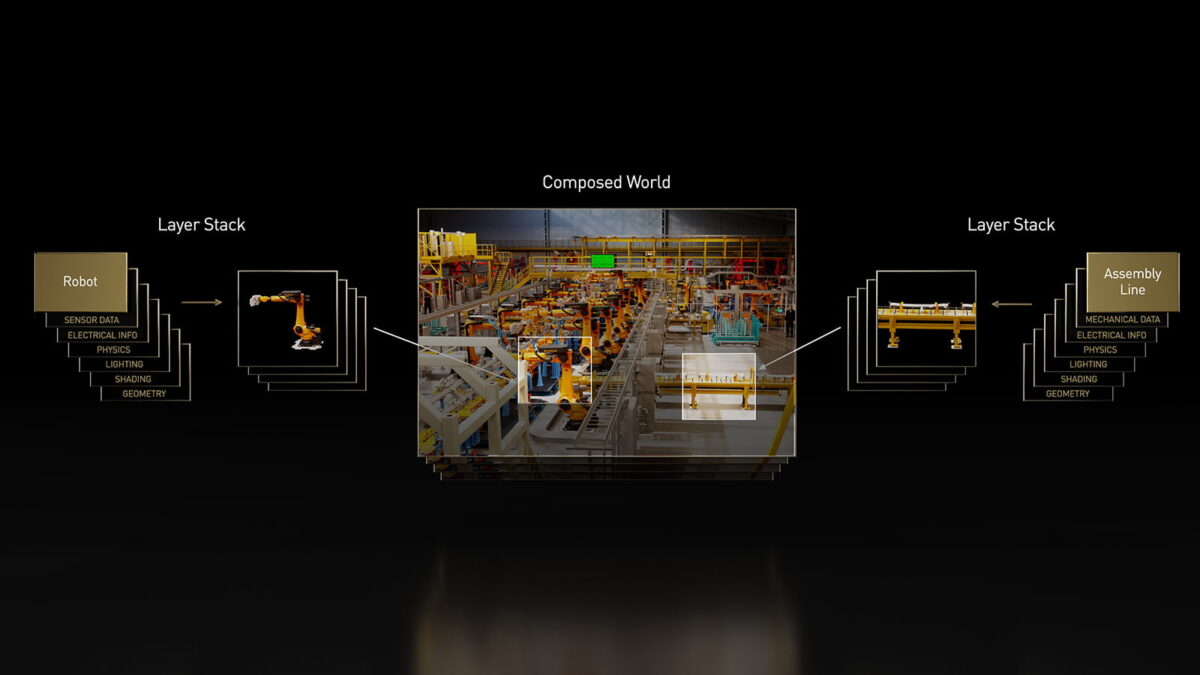What "Finding Dory" has to do with the future of the Metaverse

For metaverse applications to work on as many devices as possible, a standard like Universal Scene Description is needed.
Thanks to the HTML standard, the Internet speaks a common language. For the metaverse, Universal Scene Description (USD) could become such a standard. What is it, and what does Dory have to do with it?
Lightning-fast communication between 3D programs
In the infinite expanses of the metaverse, we are supposed to work, play, learn, and much more. The metaverse is - roughly simplified - a huge barrier-free network of augmented reality and three-dimensional worlds. It is one of the fastest-growing topics in the tech industry and is expected by some to be a trillion-dollar market. But it's also highly controversial, in part because there's no universally accepted and easily understood definition, and it's still in its infancy in the first place.
Currently, the more familiar elements of a possible metaverse look more like island nations separated by insurmountable barriers, like Roblox and Horizon Worlds. I can't just go island hopping or spend my virtual currency from Roblox at Meta. However, thanks to HTML, I can use Microsoft's services on a Mac with the Mozilla browser. Industry giants like Nvidia want to change that with an HTML-like standard for 3D worlds.
This is where the 3D specialists at Disney's animation studio Pixar come in: During film production, hundreds of creatives work simultaneously on complex 3D animations. This requires collaboration and coordination to avoid chaos. And so, Pixar developed an easily extensible open-source framework for sharing 3D graphics data: USD. The abbreviation stands for Universal Scene Description.
"Finding Dory" was the Pixar film for which the US company developed and first used USD. This allowed a variety of 3D programs to communicate with each other and exchange data at lightning speed.
USD as a pillar of an (industrial) metaverse
Chip company Nvidia wants to move USD from the animation studio to the metaverse. Nvidia's CEO Jensen Huang describes the metaverse in Forbes magazine as a "3D extension of the Internet".
Thanks to USD, Nvidia believes it is possible that many traditional industries will increasingly push into the metaverse. According to Nvidia, more than 200,000 individual users and 700 companies are already working with 3D tools based on USD. And it's not just about games.
Business is interested in representing the real world in the metaverse to simulate blackouts and traffic jams in a realistic environment, for example. Deutsche Bahn is using USD to create a digital twin of the German rail network. German industrial giant Siemens as well as Pixar, Adobe, and Autodesk are also betting on USD. They want to build the "industrial metaverse" with Nvidia and USD, says Siemens' technology chief.
While USD allows collaboration on scenes across multiple 3D programs on larger projects, there are other frameworks that could be useful in the metaverse. 3D Tiles streams huge 3D datasets in real time, PhysX describes the physics and behavior of 3D objects, and MaterialX their appearance. So USD is important, but probably only one of many building blocks of the foundation of a future metaverse.
Note: Links to online stores in articles can be so-called affiliate links. If you buy through this link, MIXED receives a commission from the provider. For you the price does not change.